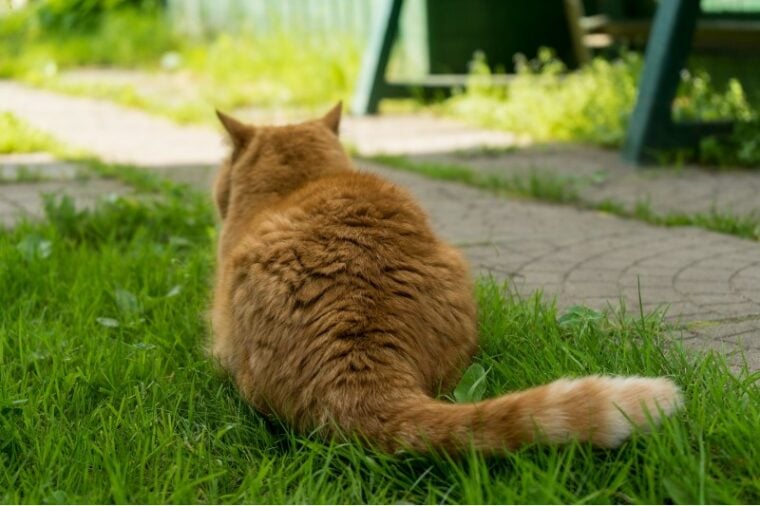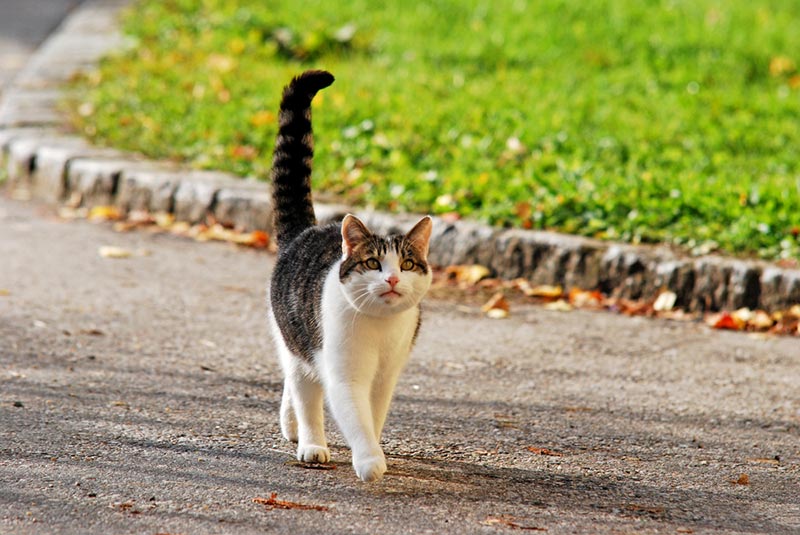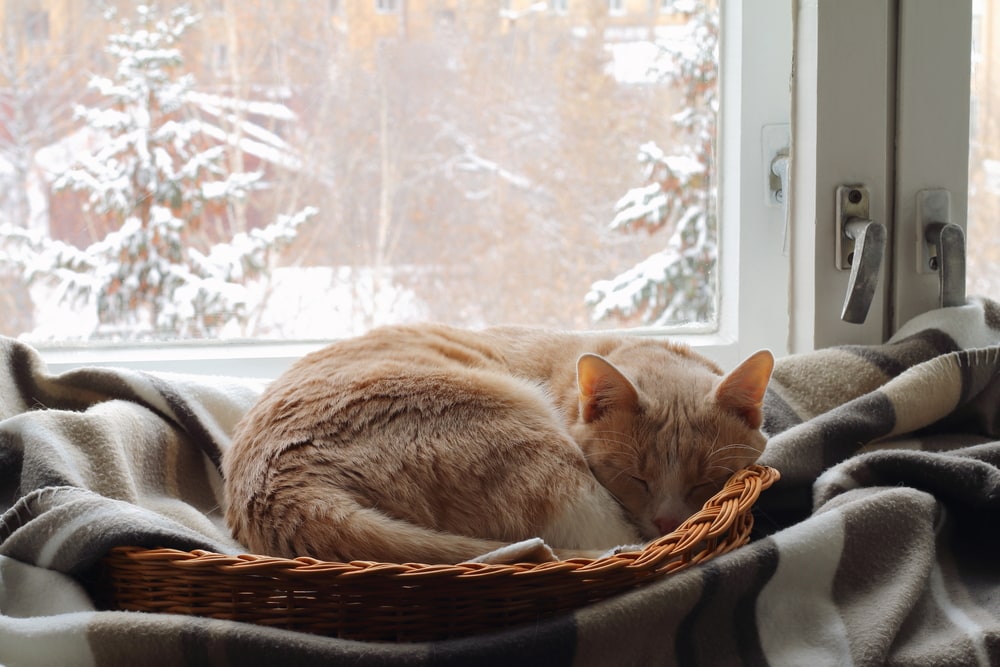
Cats have become so intertwined in our everyday lives that it is easy to forget that they were once wild animals that had to hunt for their food and live out in the wild. Of the many features of a cat that have remained from their wild days, the tail is perhaps one of the most intriguing. It serves a variety of different purposes from assisting with balance to potentially even keeping the cat warm during colder months.
Below, we look at five of the reasons why cats have long tails and the purposes they serve, and we also take a look at some other interesting cat tail facts.

The 5 Reasons Why Cats’ Tails Are So Long
1. They Help Them Balance
In the same way that a person puts their hands up to balance if they feel themselves toppling or falling over, a cat uses their tail as a counterbalance. This doesn’t mean that cats with short tails or no tails are unable to balance because felines use a variety of body parts and features to aid in balance. Their inner ears act as a level so they know which way is up. They have articulated spines, too, which act like shock absorbers and allow them to enjoy a cushioned landing.

2. They Help with Urination and Defecation
If you’ve seen a cat shaking their tail when they wee, this is an indication that the tail is used during the urination and defecation process. When a cat has to have its tail amputated, difficulties going to the toilet can persist afterward and an operation may be required to help remedy this problem.
3. Tails Help Communicate
Cats’ tails can be a very good indication of how your cat is feeling. Most domestic cats keep their tails in an upright position, and this is a sign that they are alert, lively, and confident. Cats keep their tails lowered when they are scared, anxious, or in pain. If you see a cat flicking their tail, it means that the cat is probably irritated by something. If they are swishing their tail from side to side, they might be playful or focusing on something that interests them.

4. Tails Act as Invitations
The use of the tail as a means of communication is also evident between cats. If a cat lifts their tail to another cat and turns it into a question mark or hook shape, this is essentially an invitation to interact. They can even do this to let the other cat know that it is OK to smell their rear end. It might not seem that pleasant an invitation to us, but it is a sign of trust in cats.
5. They use Them for Warmth
When a cat really curls up into a tight ball to sleep, it is not just getting comfy, but it could be using its own body warmth to help stay warm, and the tail acts as part of this barrier against the cold. The tail will come up under or around the face and give an extra fluffy layer against intemperate conditions.


Other Facts About Cat Tails
Cat tails are incredible, but cats can also be surprisingly agile without them, as long as they don’t suffer a serious and long-lasting problem as a result of losing their tail.
1. Cats Can Get by Without Them
Unfortunately, some cats do end up losing their tails. It can happen because of accidents involving doors, sharp objects, and road traffic accidents, or because the tail becomes infected after a fight or other injury. Whatever the cause, a cat can typically survive just fine without a tail. Their other senses will adapt and make up for the loss of the tail and you may be hard-pressed to see any difference in a cat after they have had their tail removed, other than the obvious physical difference.

2. But Tail Injuries Can Be Serious
With that said, some tail injuries can have serious consequences for your cat’s control of urination and defecation. There are important nerves in the area, and if these get damaged, your cat may lose their ability to go to the toilet normally.
3. Some Breeds Are Born with No Tails
Some breeds, like the Manx, are born with no tail. The lack of tail is the result of a genetic mutation that can cause severe disease. The defective gene also affects parts of the cat’s spine, causing neurological problems. It may seem like these cats are perfectly capable of running, jumping, and balancing, but this characteristic can be detrimental to their health.


Conclusion
Cats have a lot of tools at their disposal, from whiskers that let them know of gaps that are too small, to their incredible tails that assist in everything from balance to communication. Cats’ tails are a fascinating part of their body to observe. However, as important as the tail is, most cats survive just fine if they have to have their tails amputated due to an injury or a medical condition.
Still, you should never grab a cat by the tail and certainly shouldn’t try to pull or carry a cat using this appendage.
Featured Image Credit: Vadim Tashbaev, Pixabay






